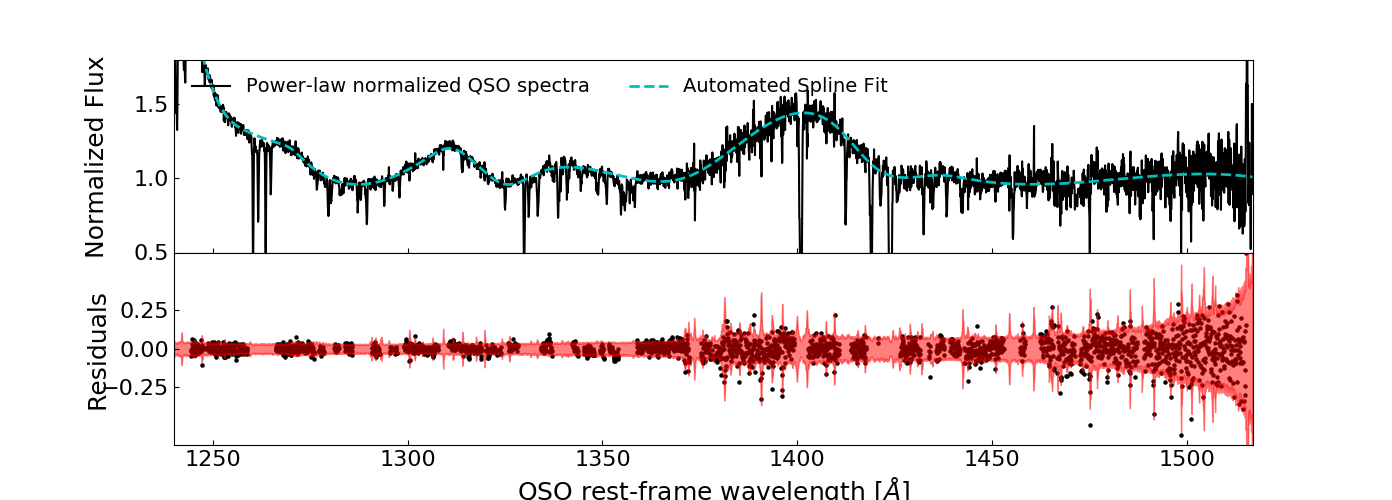The role of galaxies and AGN in reionizing the IGM - II: metal-tracing the faint sources of reionization at $5\lesssim z\lesssim6$
We present a new method to study the contribution of faint sources to the UV background using the cross-correlation of metal absorbers with the intergalactic medium (IGM) transmission in a proximate Quasi Stellar Object (QSO) sightline. We take advantage of a sample of $25$ high signal-to-noise ratio QSO spectra to retrieve $146$ triply-ionised carbon (\cfour) absorbers at $4.5\lesssim z\lesssim 6.2$, of which $37$ systems whose expected H{~\small I} absorption lie in the Lyman-$\alpha$ forest. We derive improved constraints on the cosmic density of \cfour \,at $4.3< z < 6.2$ and infer from abundance-matching that \cfour \,absorbers trace $M_{\text{UV}}\lesssim -16$ galaxies. Cross-correlation with the Lyman-$\alpha$ forest of the QSOs indicates that these objects are surrounded by a highly opaque region of neutral hydrogen to $r\lesssim 5 $ cMpc/h followed by an excess of transmission at $r\gtrsim 10$ cMpc/h detected at $2.7\sigma$. This is in contrast to equivalent measurements at lower redshifts where only the opaque trough is detected. We interpret this excess as a statistical enhancement of the local photoionisation rate due to clustered faint galaxies around the \cfour \,absorbers. Using the analytical framework described in Paper I of this series, we derive a constraint on the average product of the escape fraction and the Lyman continuum photon production efficiency of the galaxy population clustered around the \cfour \,absorbers, $\log \langle f_{\text{esc}}\xi_{\text{ion}}\rangle /[{\rm erg^{-1}~Hz}] = 25.01^{+0.30}_{-0.19}$. This implies that faint galaxies beyond the reach of current facilities may have harder radiation fields and/or larger escape fractions than currently detected objects at the end of the reionisation epoch.
PDF Abstract